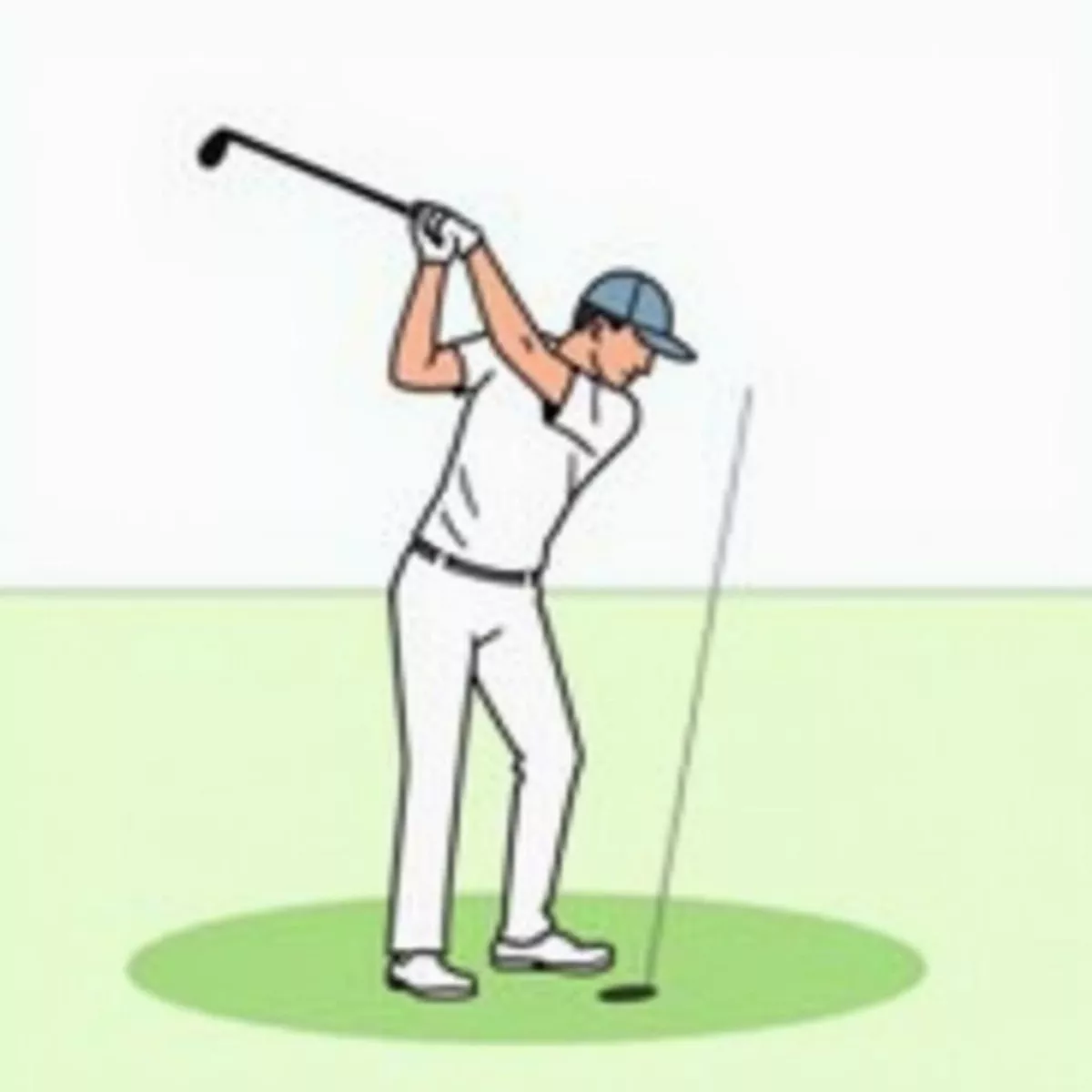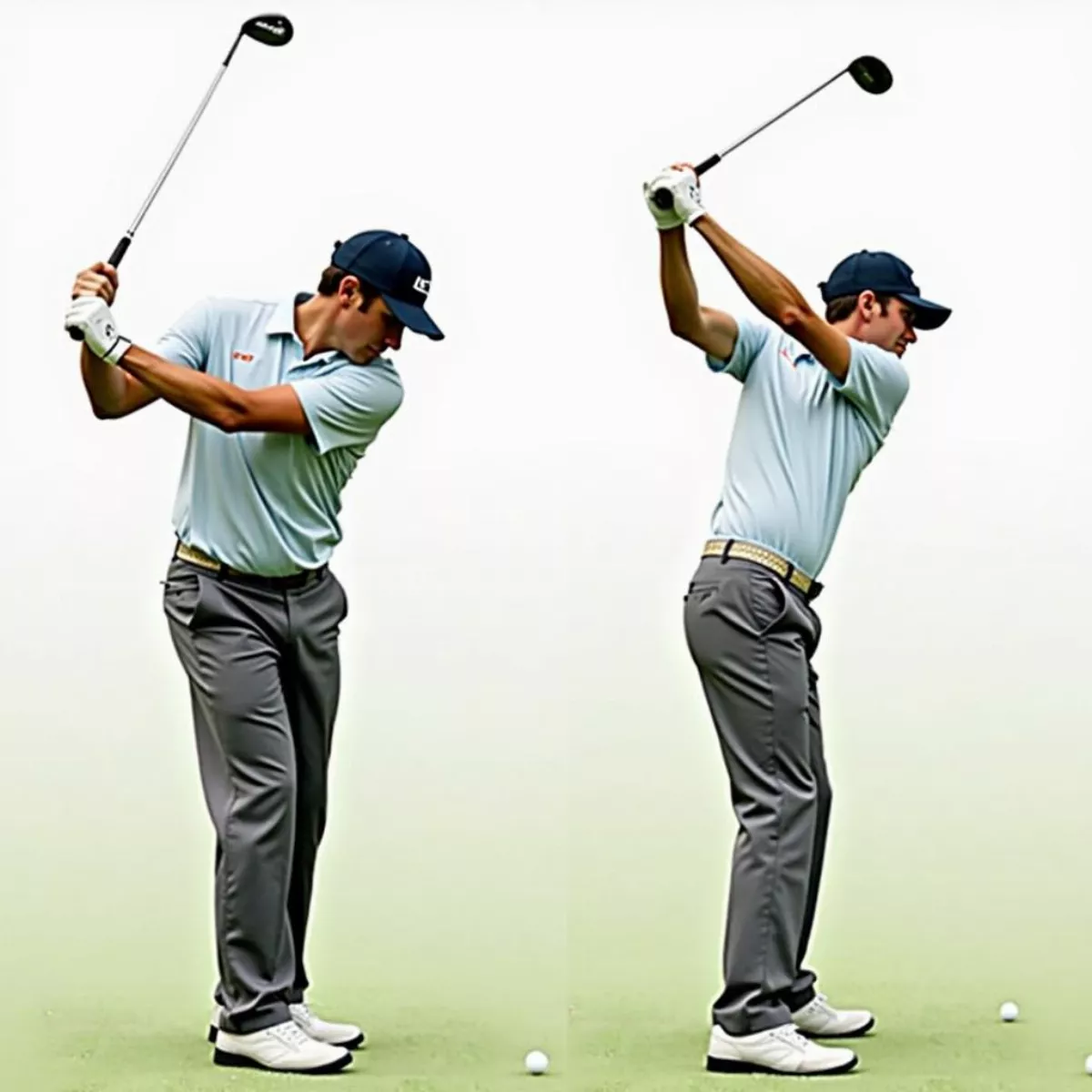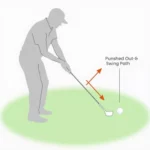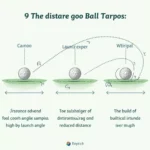Golf is a sport rich in technique, precision, and nuance. One of the key concepts that every golfer should understand is lag. Whether you’re a beginner trying to refine your swing or an experienced player aiming for consistency, grasping the importance of lag can significantly improve your performance.
In this article, we will explore what lag is in golf, why it matters, how to create it, and its impact on your overall game. We’ll also cover techniques to enhance your lag, common mistakes to avoid, and answer some frequently asked questions. Let’s get started!
What is Lag in Golf?
Lag in golf refers to the angle between the club shaft and the lead arm during the downswing. Essentially, it’s the condition where the club head trails behind the hands, creating a dynamic and powerful sequence.
- When you maintain lag, the clubhead stays farther back, allowing for a stored energy effect that is released at the moment of contact.
- Think of it as pulling back a rubber band before letting it fly. The more you pull back (or create lag), the more energy can be released upon unleashing.
 Golf Swing with Lag
Golf Swing with Lag
Why is Lag Important?
Understanding lag is crucial for several reasons:
- Increases clubhead speed: Lag helps you build speed as you swing through the ball, resulting in longer shots.
- Better ball striking: When correctly executed, lag can improve impact quality, leading to more solid strikes.
- Consistency: Mastering lag helps in achieving a repeatable swing motion, which is essential for maintaining a steady performance on the course.
How to Create Lag in Your Swing
Creating lag in your golf swing involves both physical and mental components. Here are some essential tips to help you develop this crucial aspect:
1. Proper Grip and Set Up
- Start with a neutral grip: Make sure your hands are positioned properly on the club. An incorrect grip can hinder your ability to create lag.
- Your stance should be comfortable with a slight knee bend. This posture allows for easier rotation and lag creation.
2. Focus on Your Takeaway
- During your backswing, aim to create a wide arc. A wide takeaway encourages the arms and clubhead to travel back together, setting you up for effective lag.
- Allow your lead arm to hinge upwards while keeping your hands in front of your body.
 Golfer's Wide Backswing
Golfer's Wide Backswing
3. Use Your Body
- Turn your shoulders: Initiate the downswing with your lower body and shoulders. Most often, the hands follow the body, allowing for lag.
- Maintain a stable head position to promote balance, which is key for lag retention.
4. Delayed Release
- Hold the angle: Resist the urge to release your wrists too early. Allow the clubhead to remain behind your hands through the initial stage of the downswing.
- Only release the angle through impact. The delayed release generates maximum speed at the right moment.
5. Drill for Lag
Here are some drills that can help you develop lag in your swing:
| Drill | Description |
|---|---|
| One-handed swings | Practice swinging with your lead hand only to gain better feel of the angle. |
| Lag putting | Practice putting with a focus on creating lag in your backswing, helping to reinforce the concept. |
| Align your body | Set up facing a wall or object, keeping a specified distance to prevent overswinging. |
 One-Handed Swing Drill
One-Handed Swing Drill
Common Mistakes in Creating Lag
Many golfers struggle with lag, often due to common pitfalls. Here are some mistakes to watch out for:
- Early release: Many golfers instinctively try to hit the ball hard and end up flipping their wrists too soon.
- Lack of hip rotation: Failing to rotate the hips properly can cause your upper body to lead the swing, resulting in insufficient lag.
- Grip pressure: Holding the club too tightly can inhibit feel and flexibility, making it challenging to maintain lag.
The Impact of Lag on Your Game
When you effectively maintain lag, several things happen:
- Increased Distance: Incorporating lag allows your body to store energy effectively, creating tremendous power upon impact.
- Improved Accuracy: Solid strikes resulting from proper lag enhance your ability to hit your target consistently.
- Enhanced Shot Types: With greater control over the clubhead, you can more easily perform various shots, including draws, fades, and trajectories.
Key Takeaways
To summarize the essential points about lag in golf:
- Definition: Lag is the angle between the club shaft and lead arm during the downswing.
- Importance: It contributes to clubhead speed, better ball striking, and overall consistency.
- How to Create Lag: Focus on your grip, takeaway, body movement, and delayed release.
- Common Mistakes: Be wary of early release, poor hip rotation, and tight grip pressure.
FAQ Section
1. How can I improve my lag quickly?
Practice the recommended drills consistently and focus on maintaining the angle in your wrists during your swing.
2. Is lag the same for every golfer?
No, the amount of lag can vary based on individual swing styles, body type, and skill levels.
3. Can I create lag without proper fitness?
While being fit helps, many golfers achieve effective lag with practice focusing on technique and timing.
4. What is the best club to practice lag with?
Start with a mid-iron since they offer a good balance of control and distance, making them ideal for practice.
 Practicing Lag with a Mid-Iron
Practicing Lag with a Mid-Iron
5. How do I know if I’m creating enough lag?
If your shots feel more explosive and your habits are consistent, you are likely maintaining a good amount of lag.
6. Should I focus on lag while putting?
No, lag is primarily beneficial in full swings. Putting requires a different focus on rhythm and feel.
7. How do I practice lag at home?
Use a mirror to rehearse your swing, focusing on maintaining wrist angles during your simulated downswing.
8. Does lag apply to all types of golf swings?
While it’s more emphasized in longer swings, maintaining space between hands and clubhead can be beneficial in various contexts.
9. Can lag cause hooks or slices?
Improper lag mechanics can affect the clubface angle at impact, leading to unwanted shots like hooks or slices.
10. Should I try to force lag?
No, focus on relaxation and achieving a natural feel. Trying to force lag can lead to tension and poor swings.
Conclusion
Understanding and adopting lag into your golf game can be a game-changer. With the right tips, drills, and focus on technique, you’ll be well on your way to harnessing this essential aspect of the golf swing.
Now, get out there and start practicing your lag, transforming your golf performance one swing at a time! Enjoy your time on the course and watch as every swing becomes more powerful and precise.
References
- Golf Digest for swing mechanics tips.
- PGA Tour for insights from professional golfers.

